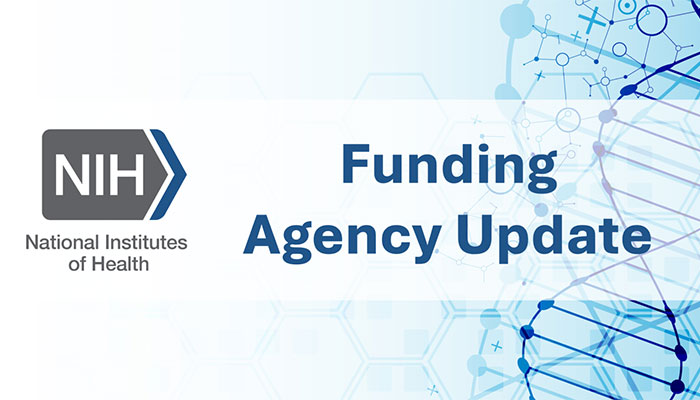The Impact of Inflation and Recession on Poverty and Low-Income Households
Despite being described as “transitory” in early 2021, inflation has remained high since, even reaching a four-decade high of 9.1% over the summer of 2022. The Federal Reserve began taking action in response, implementing several interest rate hikes, with the latest short-term rate reaching 4%. Those increases have helped steady the inflation rate; however, they also create consequences in borrowing capabilities that impact housing affordability, corporate growth and even unemployment. Some commentators point to a looming recession caused in part by those tradeoffs, while others say we are already in one.
While uncertainty remains, it’s clear that inflation and recession do not impact everyone equally.
To help us better understand the unbalanced impact, severity and what can be done to help, we reached out to three experts at the Center for Poverty and Inequality Research at UC Davis.

Marianne Bitler, Professor in the Department of Economics

Marianne Page, Professor in the Department of Economics

Katheryn Russ, Chair and Professor in the Department of Economics

How does inflation affect demographic groups differently? How does it worsen poverty and inequality?
Marianne Bitler: Inflation, as measured by the U.S. Bureau of Labor Statistics, tracks the prices of a “typical” bundle of household goods. But spending bundles differ across different demographic groups. For example, low-income households—who tend to be younger, and are more likely to be racial minorities and immigrants—spend a significantly higher fraction of their budget on necessities such as food, gasoline and heating. Higher-income families spend a higher fraction of their income on luxury goods. This means that when prices rise, they have more of a buffer and can cut back spending on these items to preserve their spending on necessities. To the extent that higher-income families have more savings, this also makes it easier for them to weather such shocks.
Another reason that some groups may be more affected than others is that when inflation occurs, prices do not increase uniformly for all goods or across all places. In the current period, food and oil prices have increased substantially more than prices for many other items. Since low-income families spend a relatively higher fraction of their budget on these goods, the larger increase in prices for these goods hurts low-income families more.
Households with fixed incomes, such as retirees, also tend to suffer disproportionately during inflation because, unlike wage and salary workers, their incomes cannot adjust to inflation.
Katheryn Russ: Something that is often overlooked is the fact that inflation can erode the real value of some existing debts, benefiting borrowers with existing outstanding debts. If you have a loan with a fixed interest rate, then the real value of your payments declines with inflation (just like the real wage declines when prices increase faster than nominal wages). The size of this transfer effect for a household depends on whether it is a net borrower or saver.
If the U.S. economy enters a recession, what impact will this have on poverty and inequality?
Marianne Page: Generally, when we enter recessions, persons with low earnings are hit hard, and poverty—which is measured as the share of persons with income under a threshold thought to provide enough resources to thrive—rises, as does inequality. A person who experiences a job-loss in a recession is more likely to experience long-term unemployment.
We have a means-tested safety net of programs like food stamps, as well as social-insurance programs like unemployment insurance, which pay out more when times are worse as more people are eligible for these entitlement programs. Those with more net worth and savings are better able to self-insure against events like economic downturns, while those with little or no savings must rely on the safety net and social-insurance programs. This lack of resources translates into hardship—for example, inability to afford sufficient food or adequate housing.
In bad recessions, the federal government typically expands the unemployment insurance program, and recent expansions during the COVID-19 pandemic were unprecedented. During the COVID-19 pandemic, and to a lesser extent, the Great Recession, the federal government sent out relatively universal relief payments. These government efforts offset some of the poverty and inequality increases during recessions, yet not everyone is eligible. For example, immigrants who are not authorized to work in the U.S. are ineligible for most of these safety-net programs. Not all who appear eligible for unemployment insurance end up obtaining those benefits.
What is causing current high inflation, and what can policymakers do to mitigate the effects of inflation and recession on low-income families?
Katheryn Russ: During 2020, early in the pandemic, supply factors (shortages of materials, increases in transportation costs, etc.) were the main drivers of inflation. The passage of the American Rescue Plan Act of 2021 transferred thousands of dollars to many households to help keep families afloat during the economic turmoil. This injection reduced the overall poverty rate. However, the increase in household demand following this Federal stimulus contributed to the jump in inflation that persisted throughout 2021, as families increased purchases before pandemic-related supply bottlenecks had fully resolved. Then early in 2022, supply shocks in markets for fuel and food stemming from Russia’s invasion of Ukraine, and other events, also added to inflation.
A recent analysis by the Federal Reserve Bank of San Francisco shows about half of inflation in 2022 arises from demand-side factors, and half from supply-side factors. Supply-side contributions to inflation have been roughly twice as high in 2022 than at almost any time since 1990, so this is quite remarkable.
The primary responsibility for stabilizing U.S. prices lies with the Board of Governors of the Federal Reserve System, which uses monetary policy to encourage or dampen the demand-side factors that drive inflation.
After keeping interest rates low to help stimulate the economy during the devastation wrought by the early months of the pandemic, the Federal Reserve recently began increasing interest rates to slow inflation. Increasing interest rates raises the cost of borrowing for households and firms seeking credit to make large purchases like new cars, homes and factory equipment or facilities.
Congress passed and the President signed the Inflation Reduction Act in August 2022, one aim of which is to lower healthcare-related and energy costs.
Since 1988, the federal government has offered assistance to low-income households struggling with fuel costs through the Low-Income Home Energy Assistance Program. Programs like the Supplemental Nutrition Assistance Program, and the Women, Infants and Children (WIC) program help assure food security for low-income households. State governments also are playing a role. Some states have extended the federal program that supported universal free school lunches during the first half of the pandemic. California has adopted additional cash transfers to boost incomes of families grappling with higher costs as prices rise.
Despite the existence of various programs, some economists have noted gaps in coverage and uptake of these programs that can leave lower-income households struggling to cover day-to-day expenses. Federal and state government intervention also risks worsening demand-driven inflation if payments are not carefully targeted and matched by increases in taxes or spending cuts elsewhere.
Media Contact
AJ Cheline, UC Davis Office of Research, 530-752-1101, [email protected]







